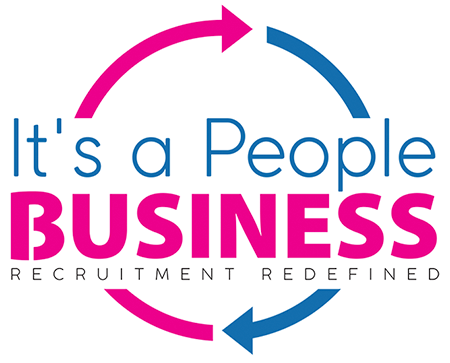
Recruitment is a crucial process for any organisation looking to bring on new talent. Effective recruitment discussions are an essential part of this process, as they help employers determine whether a candidate is the right fit for the company and the role. In this guide, we will delve into what are the main stages of any discussion in the context of recruitment. By understanding and mastering these stages, employers can improve their chances of finding the best candidates for their needs.
Stage 1: Initial Contact
Stage 1: Initial Contact

The first stage of any recruitment discussion is the initial contact between the employer and the candidate. This is the employer's opportunity to make a good first impression and set the tone for the rest of the recruitment process. Here are some tips for making the most of this initial contact:
How to make a good first impression: It's important to present a professional and welcoming image to candidates from the outset. This can involve things like responding promptly to inquiries, being polite and respectful, and providing clear and concise information. (Harvard Business Review, 2017)
Tips for creating an engaging and informative job posting: A well-written job posting can attract the right candidates and set the stage for a successful recruitment process. Some tips for creating an engaging and informative job posting include:
- Clearly outlining the responsibilities and requirements of the role
- Highlighting the unique aspects of the company and the opportunity
- Using bullet points and formatting to make the posting easy to read
- Best practices for responding to candidates' inquiries: It's important to respond promptly and professionally to candidates' inquiries about the job and the application process. This can involve providing clear and concise information, answering any questions the candidate might have, and setting expectations for the next steps in the process.
For more tips on responding to candidates' inquiries, check out this article
https://www.ihire.com/resourcecenter/employer/pages/how-to-respond-to-job-applicants-the-right-way
Stage 2: The Interview
Stage 2: The Interview

The interview is a crucial stage of the recruitment process, as it provides an opportunity for the employer and the candidate to learn more about each other and determine whether there is a good fit.(SHRM, 2019) Here are some key considerations for this stage:
- Preparing for the interview: There are several things employers should consider when preparing for an interview. This can include researching the candidate's background and qualifications, preparing a list of relevant questions to ask, and considering any specific requirements or preferences for the role. It can also be helpful to have a clear understanding of the company's culture and values, as well as the skills and experience that the ideal candidate would possess.
- Conducting the interview: The structure and format of the interview will depend on the specific needs of the company and the role. Some common types of interviews include one-on-one interviews, panel interviews, and phone or video interviews. It's important to create a welcoming and comfortable environment for the candidate, and to allow enough time for them to answer questions and ask their own. During the interview, it's also important to listen actively and pay attention to the candidate's nonverbal cues.
Stage 3: Decision Making - What are the main stages of any discussion in the context of recruitment
Stage 3: Decision Making - What are the main stages of any discussion in the context of recruitment

Once the interviews are complete, it's time to make a decision on which candidate is the best fit for the company and the role. Here are some key considerations for this stage:
- Assessing candidates' fit for the company and the role: Employers should consider not just a candidate's qualifications and experience, but also how well they align with the company's culture and values. It can be helpful to review the notes and evaluations from the interview process, as well as any additional information or references provided by the candidate.
- Making an offer and negotiating terms: Once a decision has been made, it's time to extend an offer to the chosen candidate. This can involve outlining the terms of the offer, including the salary, benefits, and any other details. The candidate may have questions or requests for negotiation, and it's important for the employer to be open and transparent in communication.
- Onboarding and integration into the company: After the offer has been accepted, it's time to welcome the new hire to the company. This can involve providing an orientation to the company and the role, setting up necessary systems and resources, and introducing the new hire to colleagues. It's important to make the onboarding process smooth and welcoming, as this can impact the new hire's success and engagement with the company.
For more tips here is an article you’d be interested in https://resources.workable.com/tutorial/the-recruitment-process
Conclusion
Conclusion
In this guide, we have explored what are the main stages of any discussion in the context of recruitment. By understanding and mastering these stages, employers can improve their chances of finding the best candidates for their needs. The main stages of any recruitment discussion include initial contact, the interview, and decision making. A structured and thorough process is essential for finding the best fit for the company.
Here are some bonus tips for success in the recruitment process:
Clearly outline the responsibilities and requirements of the role in the job posting.
Create a welcoming and comfortable environment for candidates during the interview process.Be open and transparent in communication, particularly when making and negotiating offers.
Make the onboarding process smooth and welcoming to help new hires succeed and feel engaged with the company.
By following these tips and mastering the main stages of any recruitment discussion, employers can streamline their process and find top talent for their organisation.

